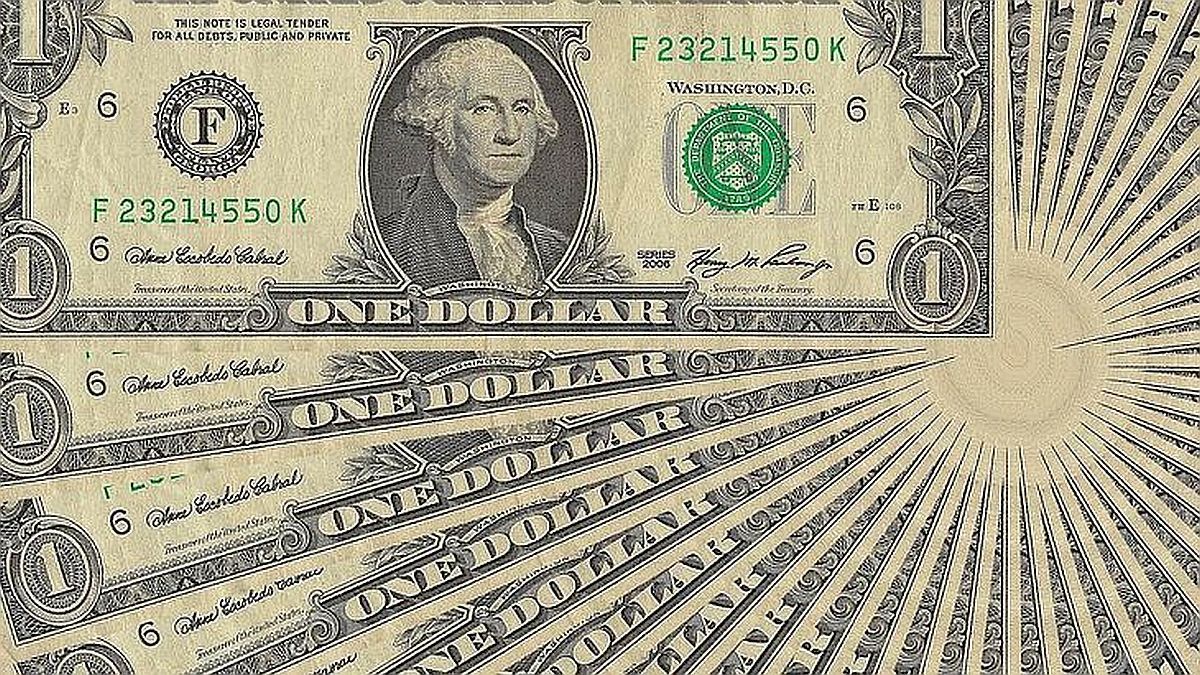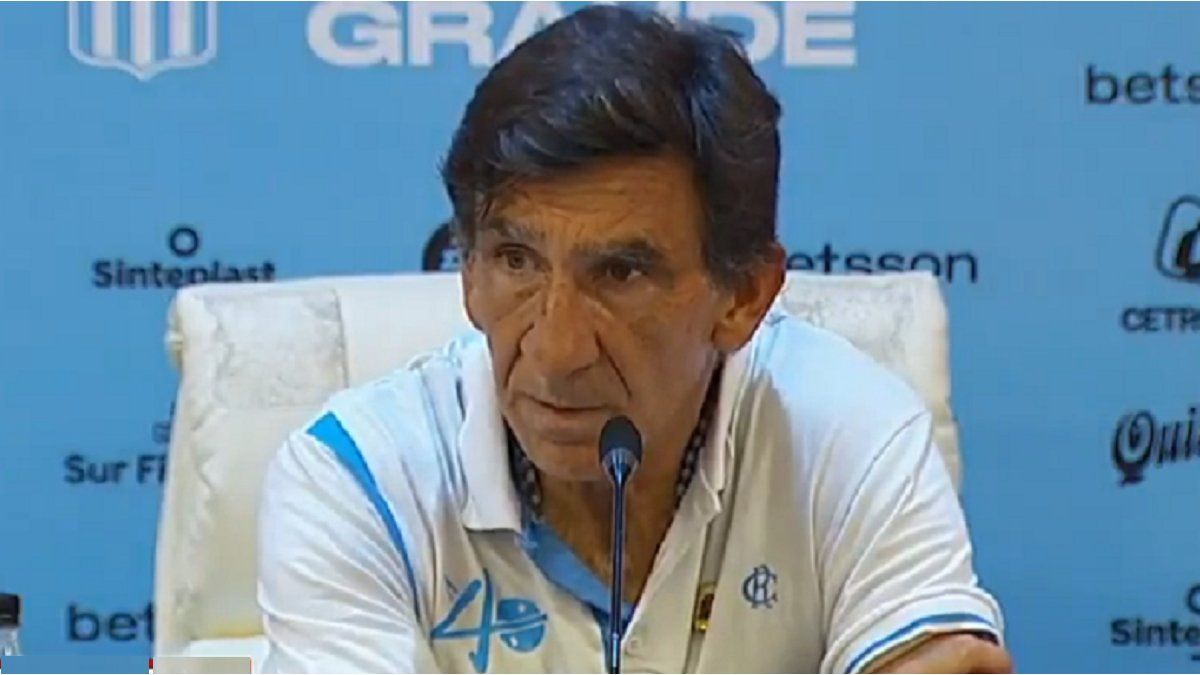That is why for some today was D-day in the dollar futures market, because contracts for several billion were maturing, most of which were sold by the BCRA. All this minuet, even forced the Deputy Minister of Economy, Gabriel Rubinstein, to go out and deny that they were going to devalue after today, that is, once the futures contracts expired.
It is also understandable the concern of Miguel Pesce, head of the BCRA, if he was “induced” to adjust the official exchange rate significantly, as some sectors claim. To get a rough idea of the amounts involved, it is worth remembering that in June the BCRA had contracts sold for US$4,358 million, that is, it increased them by 63% in July. But it had already more than doubled in June compared to the May stock.
Interventions
It should be noted that these operations are actually another form of intervention by the BCRA in the foreign exchange market, in order to deflate the devaluation expectations of economic agents. It should also not be ignored that these operations, in which one party buys a contract, which gives him the right at expiration of the contract to “buy” the amount of foreign currency agreed upon at the price already set, and his counterpart, the one who sold the contract to give him those currencies at such a price.
So if the official dollar at the expiration of the contract is above the market price, the buyer won. It is worth a clarification, in these operations the positions are actually offset, that is, the currencies are not claimed but the difference between the prices is paid. Therefore, the reserves of the BCRA, which in itself does not have many, are not at stake. Here is the question, and that is why Pesce trembles if he is pressured to adjust the official dollar with such an open position of sold future dollar contracts. It happens that, in the event that the BCRA were to abruptly raise the official dollar, so that future prices were much lower, the monetary issue inherent in these contracts would be phenomenal. Just imagine a few pesos of difference multiplied by billions.
For example, if they devalue 20%, the resulting issue would exceed approximately $230,000 million or if it were 30%, $350,000 million. This today represents an increase in the monetary base of between 5.5% and 8.3% respectively. A flower of monetary expansion, at a time when the exchange rate continues. For this reason, it was not at all sensible to bet that the BCRA was going to face a devaluation, at least in August. As this is dynamic, those who had been betting on devaluation, what they did was renewing their contracts, for now, one more month.
In other words, a large part of what was not yet due this month went to September. In parallel, implicit interest rates on the futures market rose, encouraging moderate devaluation expectations, in light of some signal from the IMF that implies improving the BCRA’s reserve position.
In this regard, it must be borne in mind that although the BCRA’s reserves are not committed in these interventions, the exposure is increasing. In May, BCRA contracts sold represented 5% of gross reserves, a month later they were 10% and in July 18%. When taking the available reserves (only net reserves and reserves) the situation is worse, they represented 14% in May and went to 26% in June and 55% in July.
Source: Ambito
David William is a talented author who has made a name for himself in the world of writing. He is a professional author who writes on a wide range of topics, from general interest to opinion news. David is currently working as a writer at 24 hours worlds where he brings his unique perspective and in-depth research to his articles, making them both informative and engaging.




